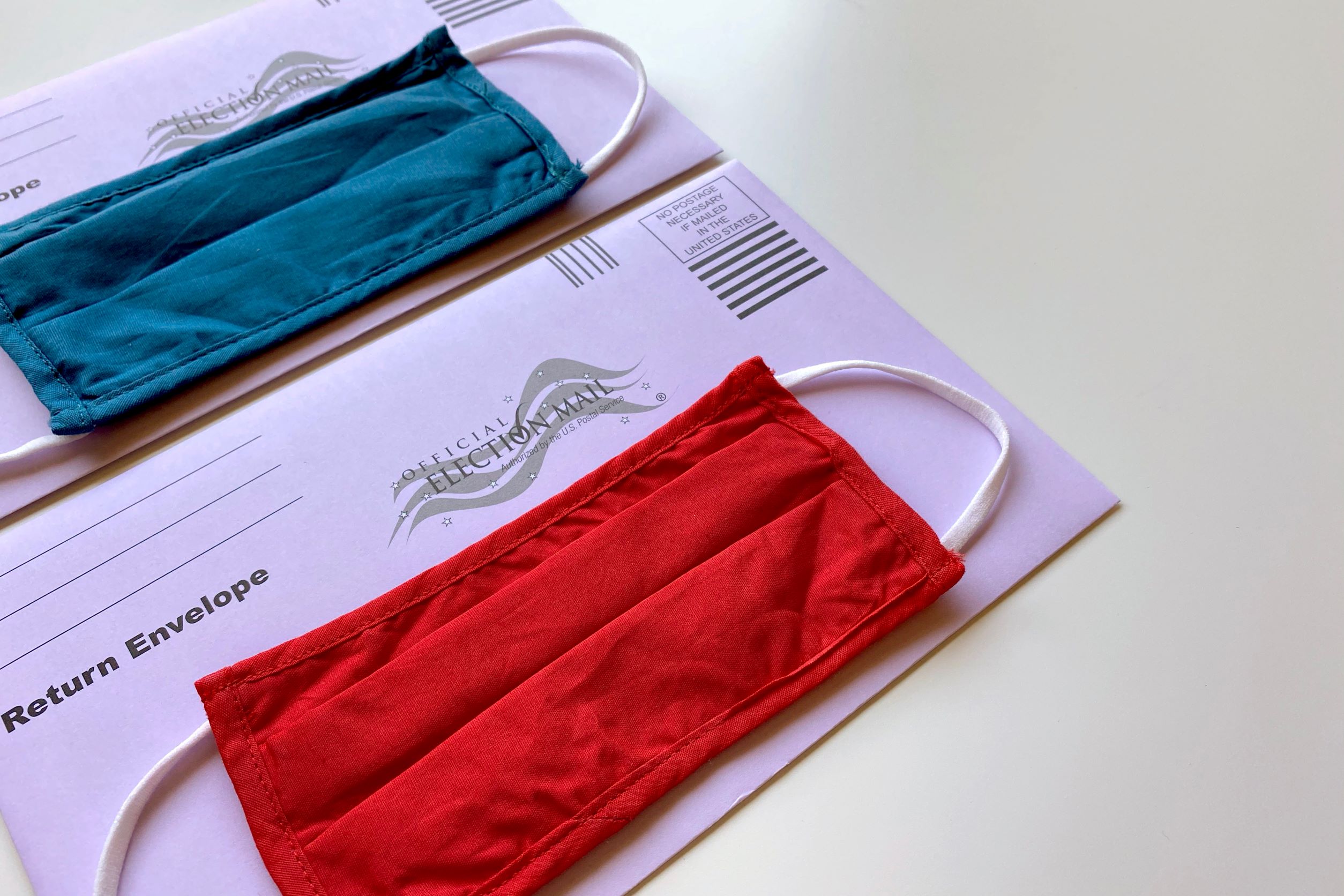The 2020 Election: What We Now Know
The Pew Research Center just released its Validated Voters survey for the 2020 election and our research team is digging into the details to deepen our understanding and inform our strategy moving forward.
The data includes two key findings informing our work:
- Our elections are being determined by razor-thin margins; mere thousands of votes in specific counties are swinging an entire national election.*
- Overall, more white women chose Trump in 2020, and by a bigger margin than in 2016. But where we focused our efforts, the opposite was true. White women overall—and especially white women who do not hold a college degree—in Michigan and Wisconsin moved significantly toward Biden. This shift proved critical to a Biden victory.

The Atlantic just published an analysis of the new data. Their conclusion: “Until Democrats can consistently win Senate seats and Electoral College votes in the diversifying Sun Belt states . . . they still need to win some of the Rust Belt states (particularly Wisconsin, Michigan, and Pennsylvania) where non-college white people compose a much larger share of the vote than they do nationally.”

Our research has led to the same conclusion. A broad, multiracial coalition is essential to create lasting change in America. A both/and strategy is needed to support the incredible organizing work being done to address voter suppression and turn out voters of color, while not ignoring the current reality that white women are the single largest voting bloc, making up 37% of the electorate, and will be for decades to come. The math is clear: when more moderate white women join this coalition, we ensure wins for progress.
Accomplishing this will take more than one-off efforts every four years. A deep understanding—beyond basic demographics—of this group of voters is needed. We are doubling down on the work we’ve done in Wisconsin and Michigan and are now moving into Pennsylvania as well. We’re leading a groundbreaking analysis of voters’ values and motivations to identify, engage, and move women voters in key counties. Our democracy is fragile and we cannot wait another week, month, or year to act. We’re here now, day in and day out, building that deep understanding and moving the margins for a lasting impact.
*While Biden won the popular vote by seven million, with the most votes ever and the second-largest margin of victory since 1980, his victory in the electoral college was determined by just 44,000 votes spread across three states.




